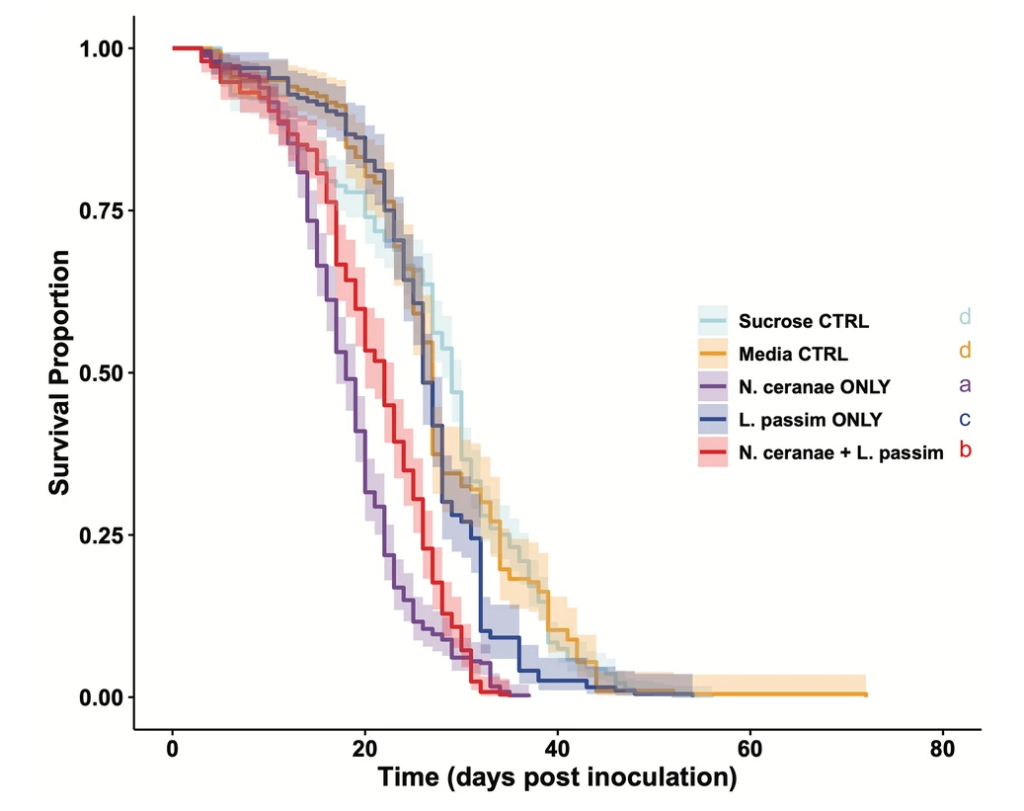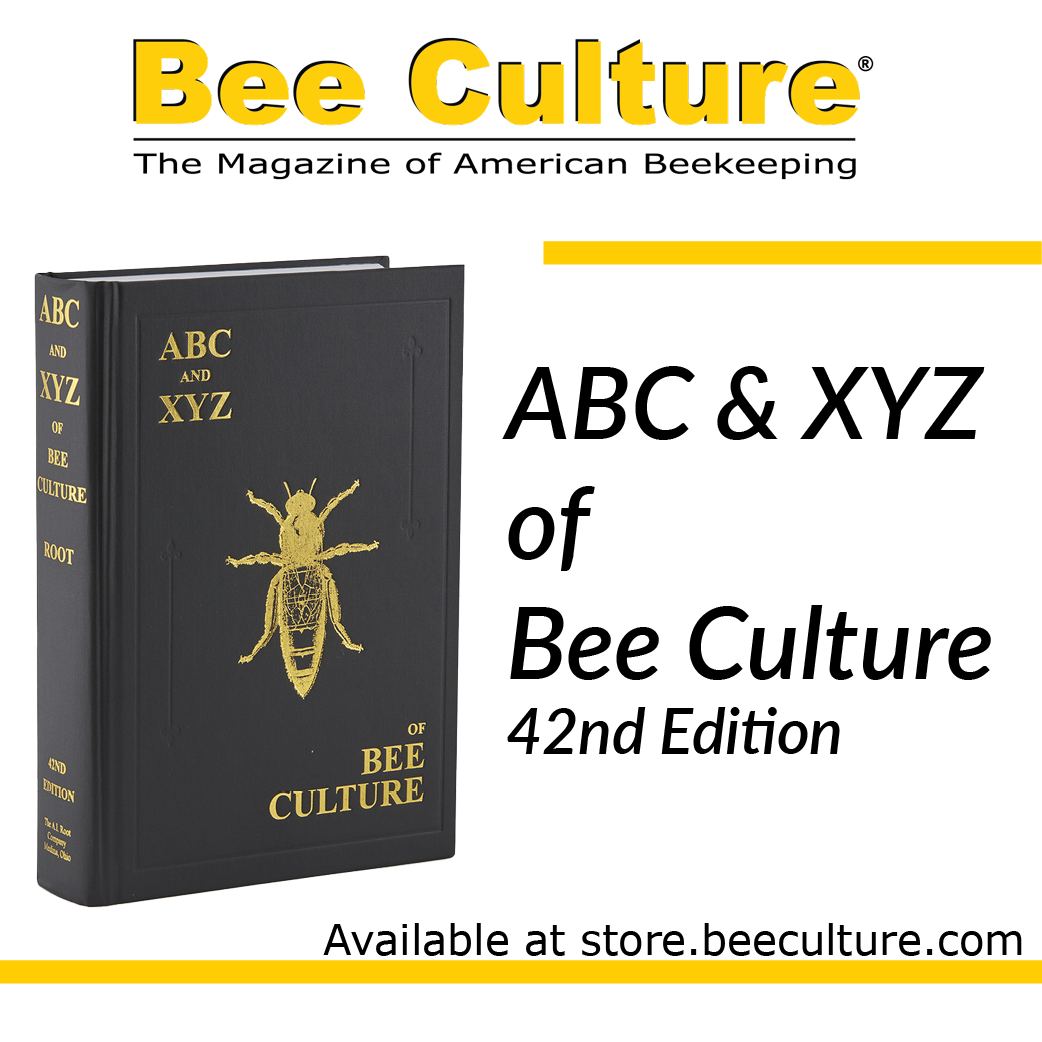
Survival of NEBs inoculated with one of five treatments modeled using a Mixed Effects Cox Model. Dark lines represent mean treatment survival across replicates, while the shading surrounding the dark lines represent 95% CI. Different letters represent significant differences between treatments (coxme; α = 0.05).
A tale of two parasites: Responses of honey bees infected with Nosema ceranae and Lotmaria passim
Scientific Reports volume 13, Article number: 22515 (2023) Cite this article
Abstract
Nosema ceranae and Lotmaria passim are two commonly encountered digestive tract parasites of the honey bee that have been associated with colony losses in Canada, the United States, and Europe. Though honey bees can be co-infected with these parasites, we still lack basic information regarding how they impact bee health at the individual and colony level. Using locally-isolated parasite strains, we investigated the effect of single and co-infections of these parasites on individual honey bee survival, and their responsiveness to sucrose. Results showed that a single N. ceranae infection is more virulent than both single L. passim infections and co-infections. Honey bees singly infected with N. ceranae reached < 50% survival eight days earlier than those inoculated with L. passim alone, and four days earlier than those inoculated with both parasites. Honey bees infected with either one, or both, parasites had increased responsiveness to sucrose compared to uninfected bees, which could correspond to higher levels of hunger and increased energetic stress. Together, these findings suggest that N. ceranae and L. passim pose threats to bee health, and that the beekeeping industry should monitor for both parasites in an effort correlate pathogen status with changes in colony-level productivity and survival.
To read the complete research paper go to; A tale of two parasites: Responses of honey bees infected with Nosema ceranae and Lotmaria passim | Scientific Reports (nature.com)
We are here to share current happenings in the bee industry. Bee Culture gathers and shares articles published by outside sources. For more information about this specific article, please visit the original publish source: A tale of two parasites: Responses of honey bees infected with Nosema ceranae and Lotmaria passim | Scientific Reports (nature.com)








